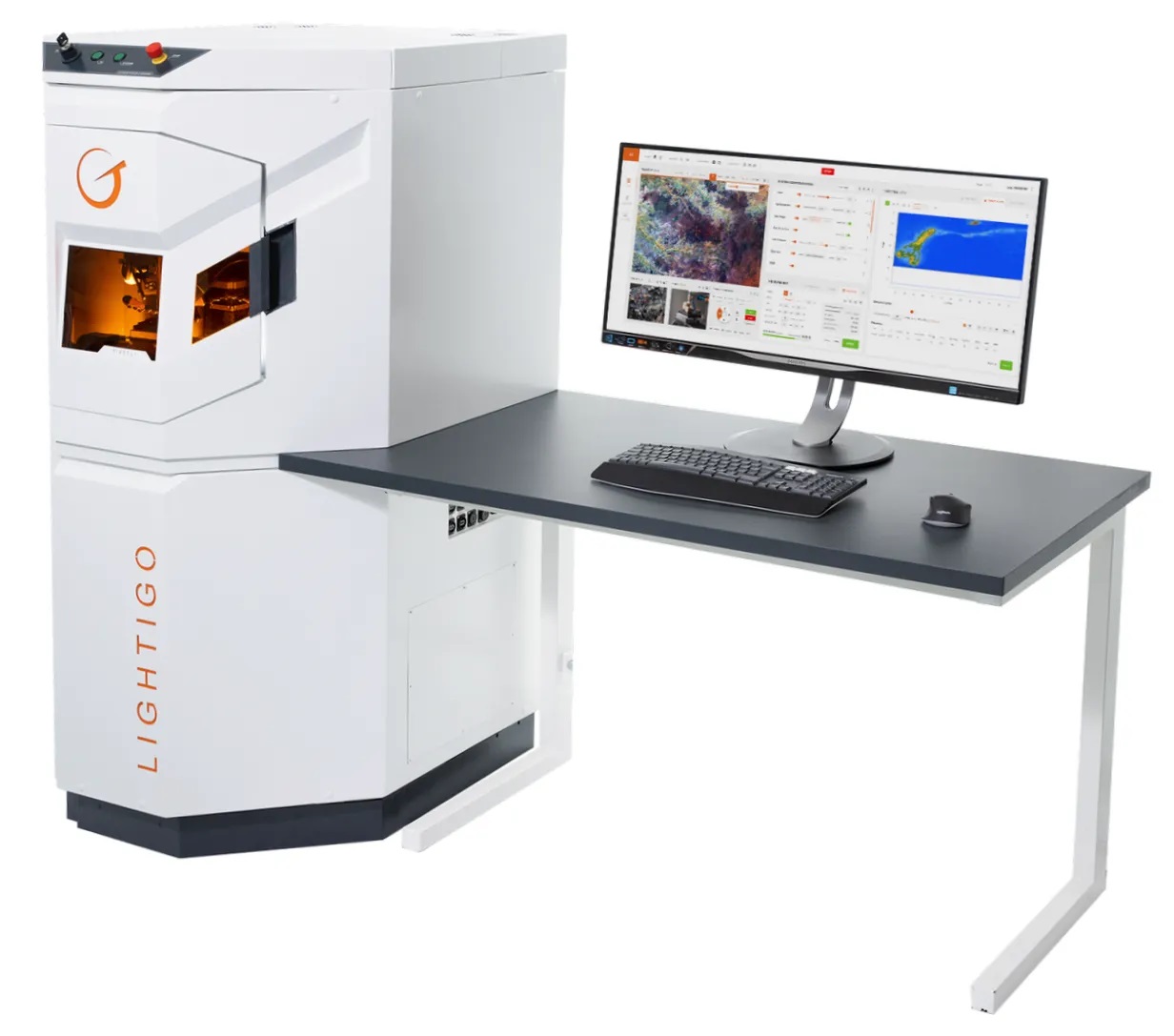Laser-induced breakdown spectroscopy (LIBS) is a technique that uses high-energy laser pulses to interact with a sample, generating plasma that can be analyzed to determine the chemical composition of the material.
When the laser irradiates the surface of a sample, the intense energy causes the sample to heat rapidly and vaporize, forming a high-temperature plasma. As the plasma cools, it emits light at specific wavelengths. By analyzing these spectral lines, scientists can identify the chemical elements present in the sample.
Key features of LIBS technology include:
- Rapid analysis: Due to the very short time it takes for plasma to form and emit light, LIBS allows for fast elemental analysis.
- Multi-element detection: LIBS can simultaneously detect multiple elements, including metals, non-metals, and even light elements.
- Minimal sample preparation: Compared to other techniques, LIBS requires minimal sample preparation and works on solids, liquids, and gases.
- In-situ analysis: LIBS is often used for on-site, real-time analysis, reducing the need for complex sample transportation.
LIBS has broad applications in fields such as environmental monitoring, industrial process control, archaeology, material analysis, as well as defense and security.
PRODUCTS | LIBS systems

FireFly
Workhorse for the LIBS analysis.
FireFly is an analytical instrument for rapid multi-elemental analysis and chemical imaging. It utilizes the Laser-Induced Breakdown Spectroscopy (LIBS) – one of today’s most promising technique of elemental analysis.
With FireFly, you can easily apply the key benefits of LIBS technology in your elemental analysis application.
Specification
- Motorized 3-axis stage
- Microscopy sample view unit
- Motorized laser spot size changer
- Gas purge and extraction
- *100 Hz repetition rate
- Diode-pumped slid state lasers
- Fast elemental imaging (mapping)


